

Data tracking gives organizations the power to understand customers, personalize experiences, and improve operations. Today, 90% of businesses consider data and analytics essential for digital transformation. Tracking data helps companies segment users, optimize performance, and identify key trends. Modern tools like FineDataLink simplify data tracking across multiple sources, making insights accessible and actionable. As tracking evolves, companies rely on accurate data tracking to remain competitive and meet new regulatory standards.

Data tracking is the process organizations use to collect, monitor, and analyze information from various sources. This practice helps companies understand how customers interact with products, services, and digital platforms. Businesses use data tracking to gather details about customer behavior, preferences, and engagement.
Organizations track many types of data to gain a complete view of their operations and target audience. Common categories include:
To collect this information, organizations use several methods:
Modern organizations often combine direct feedback, indirect tracking, and third-party data to build detailed customer profiles. This approach supports a strong data tracking plan and helps companies personalize marketing and improve decision-making.
A robust data tracking strategy includes several core components:
Tip: A well-structured data tracking plan helps organizations avoid data silos and ensures consistent, high-quality analytics across all departments.
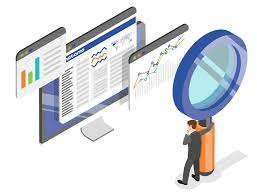
Data tracking plays a critical role in business success. Companies that track data effectively gain valuable insights into customer behavior and business performance. This information allows organizations to personalize marketing, improve customer experience, and make confident, data-driven decisions.
Tracking data supports several key business goals:
Organizations that use web data tracking and analytics tools can reduce errors, improve reliability, and respond quickly to market changes. For example, companies like Netflix and Walmart use data tracking to optimize content, manage inventory, and increase profit margins. These practices help businesses outperform competitors and maintain leadership in their industries.
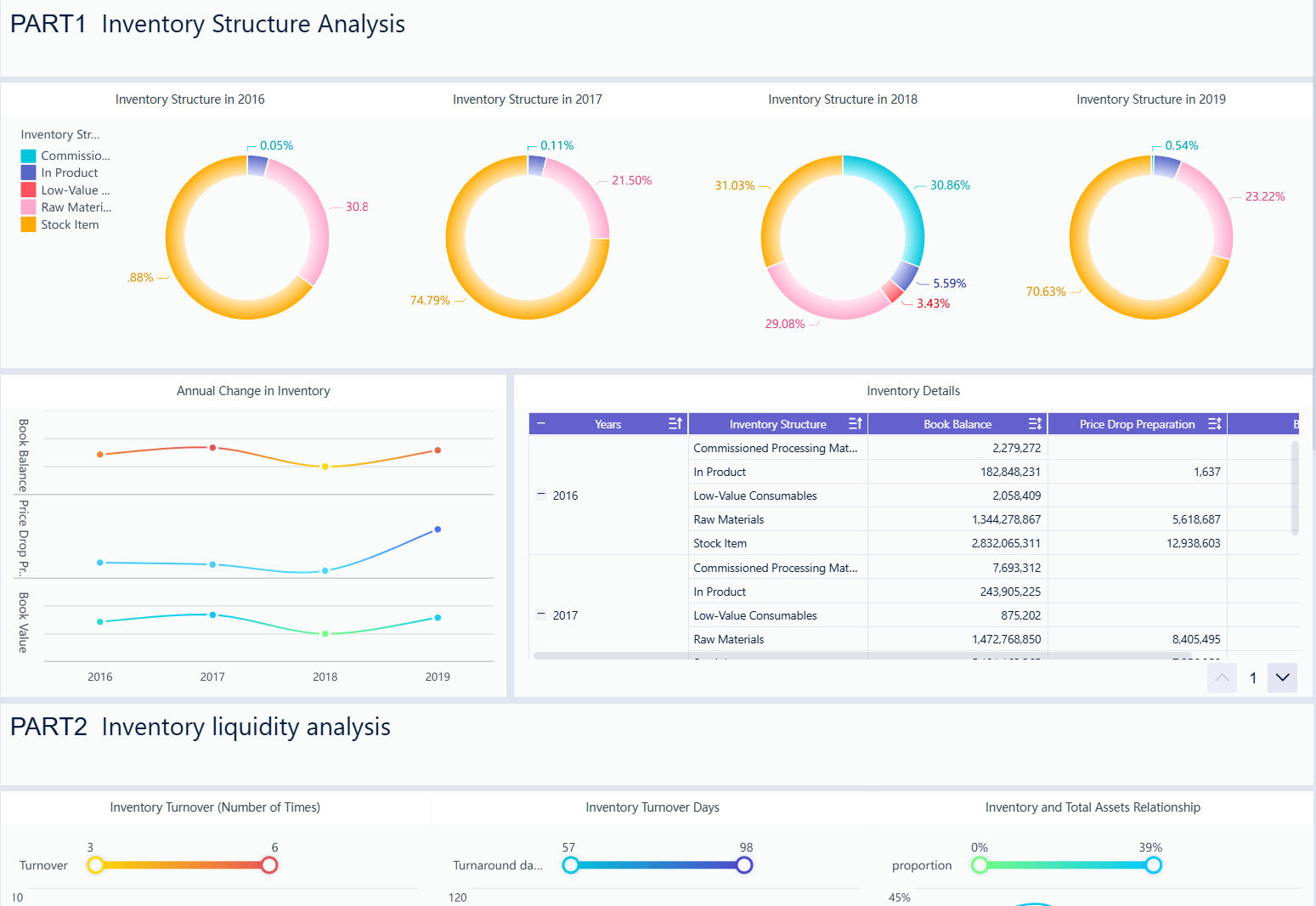
To ensure the accuracy and reliability of tracked data, organizations follow best practices:
High-quality data tracking enables organizations to build trust with customers, comply with regulations, and drive innovation. Companies that invest in strong data tracking strategies see measurable improvements in efficiency, customer loyalty, and business growth.
Organizations that want to track customer data must focus on metrics that drive real business value. Setting clear goals helps teams decide which metrics matter most. For example, tracking average session duration and time on page shows how engaged customers feel with content. Exit rate and rage clicks reveal where users experience frustration or leave a website. These metrics help teams spot pain points and improve user experience.
| Metric Name | Description |
|---|---|
| Net Promoter Score (NPS) | Measures customer loyalty and likelihood to recommend the service. |
| Customer Satisfaction Score (CSAT) | Assesses customer satisfaction with specific interactions or overall experience. |
| Customer Lifetime Value (CLV) | Estimates total revenue expected from a customer over their relationship duration. |
| Daily Active Users (DAU) | Tracks the number of users engaging with the product daily. |
| Conversion Rate | Percentage of visitors who complete a desired action, such as purchase. |
| Churn Rate | Percentage of customers who stop using the product, indicating retention issues. |
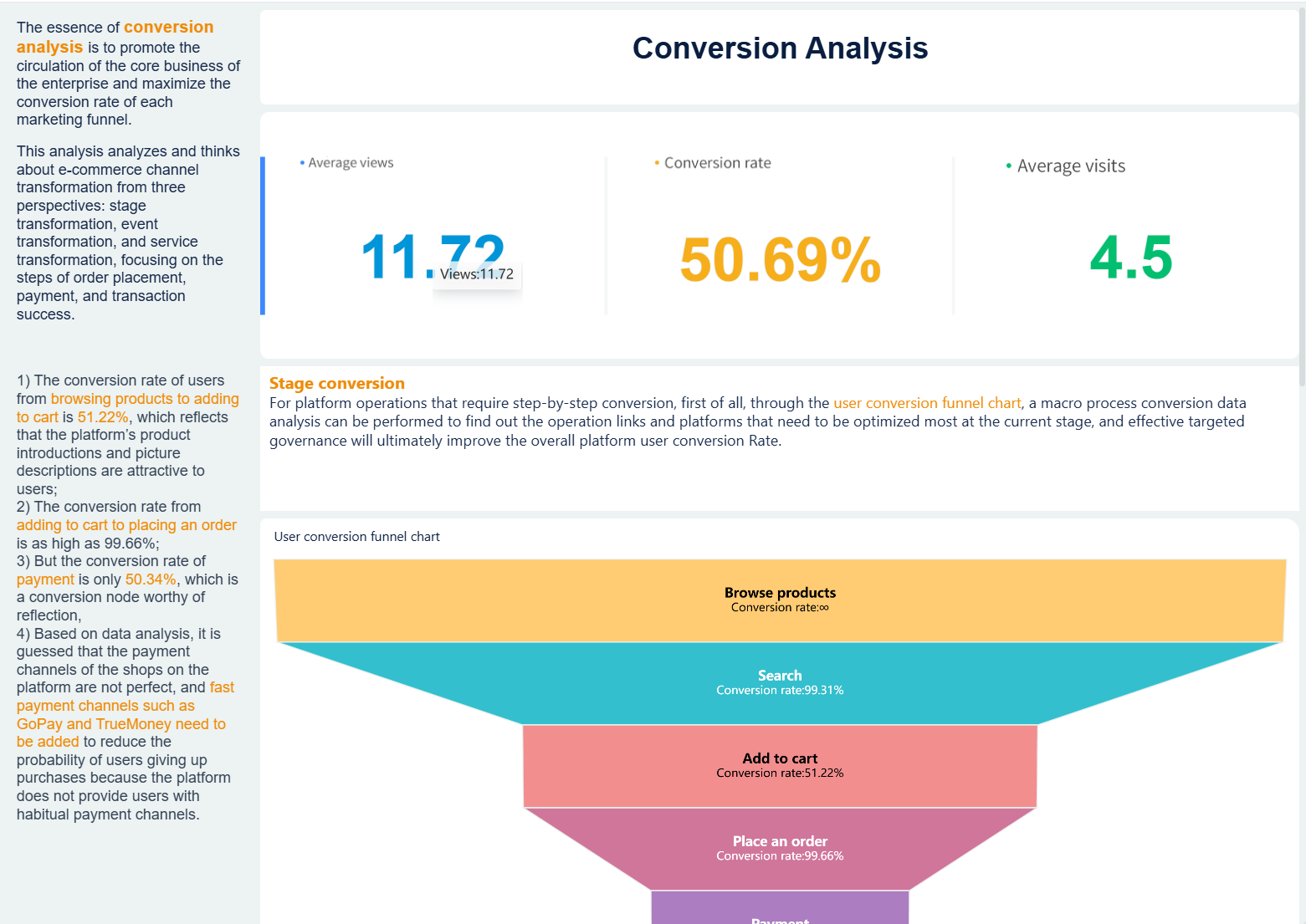
Teams should avoid vanity metrics that look impressive but do not help improve campaign performance. Actionable metrics must be specific, measurable, and tied to business outcomes. By tracking these metrics, organizations can measure campaign performance, optimize marketing, and deliver better customer experiences.
Choosing the right data tracking software is essential for accurate analytics and actionable insights. Many platforms offer unique features for tracking data across channels. Google Analytics provides real-time reporting and funnel analysis. Mixpanel focuses on product usage and retention. Hubspot Marketing Hub tracks campaign performance and automates marketing tasks. Countly and Umami offer customizable dashboards and privacy-focused analytics.
Tip: Integrating multiple data tracking software solutions can help organizations centralize customer data, reduce errors, and streamline reporting.
When selecting a platform, teams should consider ease of use, integration options, and support for real-time tracking. The best data tracking software enables organizations to track data effectively, analyze customer behavior, and improve campaign performance.
FanRuan and FineDataLink provide advanced data tracking software designed for organizations that need to integrate and analyze data from many sources. FineDataLink supports real-time synchronization, ETL/ELT processes, and API-based data access. This platform allows teams to track customer data from relational databases, cloud storage, and APIs, ensuring data consistency and reliability.
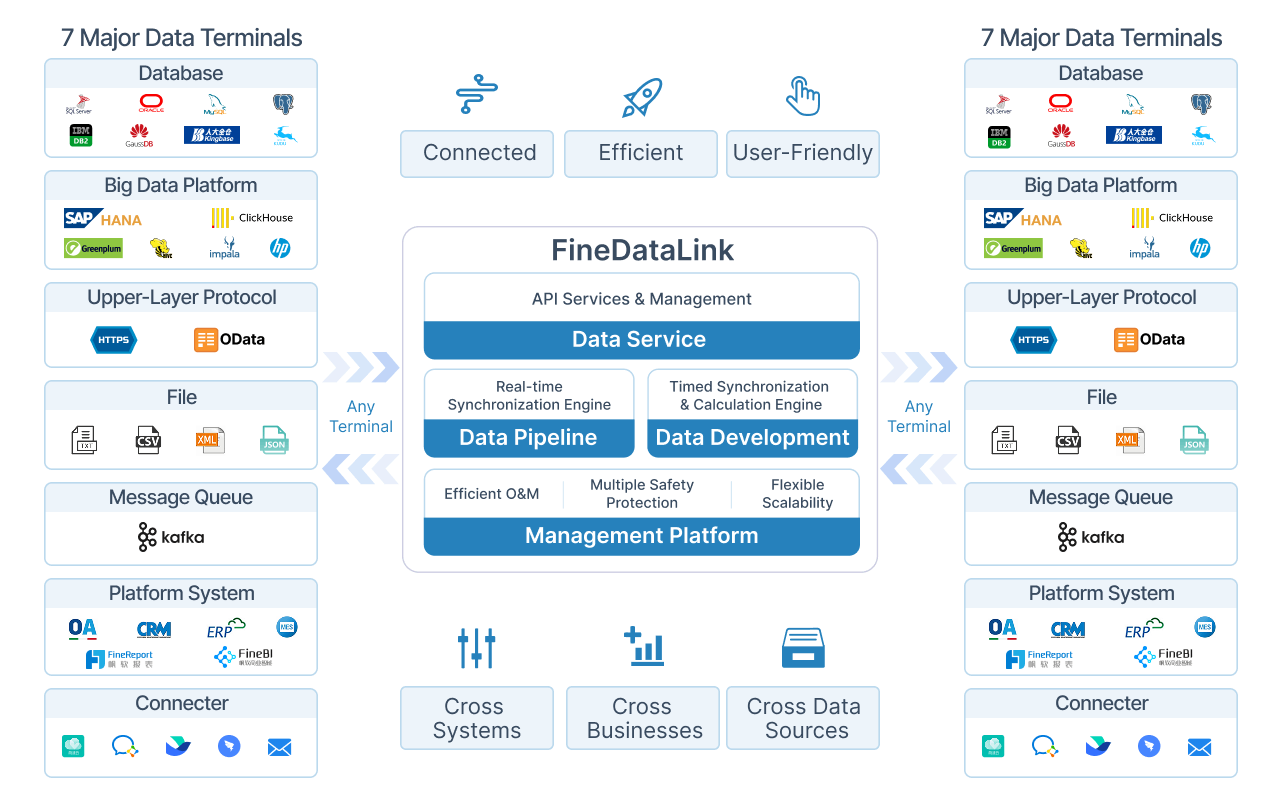
FineDataLink offers a visual, low-code interface that simplifies data tracking and analytics. Teams can automate data synchronization, monitor task status, and manage permissions with ease. The platform supports over 100 data sources, making it ideal for organizations with complex data tracking needs.
Healthcare organizations, for example, use FineDataLink to unify data sources, enable real-time reporting, and gain actionable insights. These tools help break down data silos, improve operational efficiency, and support data-driven decision-making. By using FineDataLink, organizations can track data effectively, optimize campaign performance, and deliver better customer experiences.
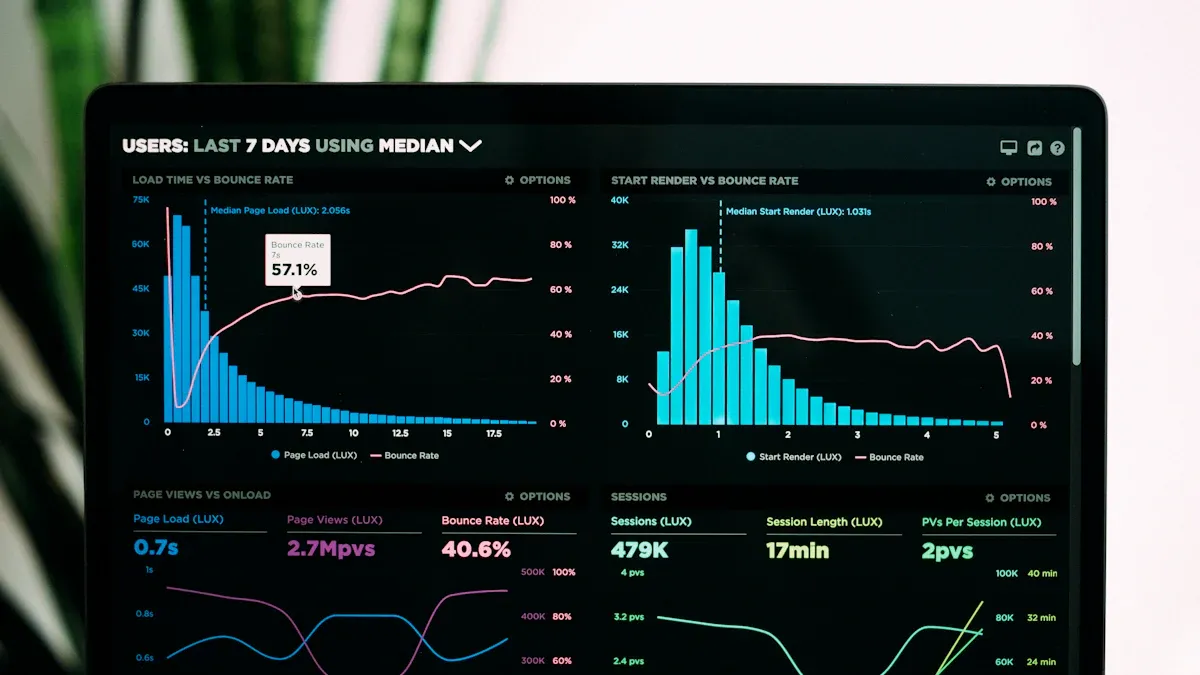
Organizations rely on data tracking to guide every step of the customer journey. By collecting and analyzing data, teams move from raw numbers to meaningful insights. This process helps them understand customer behavior, spot trends, and answer important questions. Data tracking transforms information into actionable insights, supporting data-driven decisions that shape business strategy.
Many leading companies use data tracking to fuel growth:
A closer look at business outcomes shows the power of data-driven decisions:
| Evidence Type | Description | Example/Statistic |
|---|---|---|
| Operational Efficiency | Data-driven decision-making improves operational processes. | XeroTech increased efficiency by 30% in two years. |
| Profit Margins | Data analytics boost profit margins. | McKinsey: 20% increase for data-driven companies. |
| Customer Acquisition | Data-driven firms excel at gaining and keeping customers. | McKinsey: 23x more likely to acquire, 6x more likely to retain customers. |
| Customer Engagement | Analytics improve engagement and satisfaction. | IBM: 62% of companies using data see better engagement. |
| Forecasting Accuracy | Predictive analytics enhance forecasting and inventory management. | Retail giant cut overstock by 20% and raised sales by 15%. |
| Revenue Growth | Data-driven culture leads to higher revenue. | Retailer increased revenue by 15% in one year. |
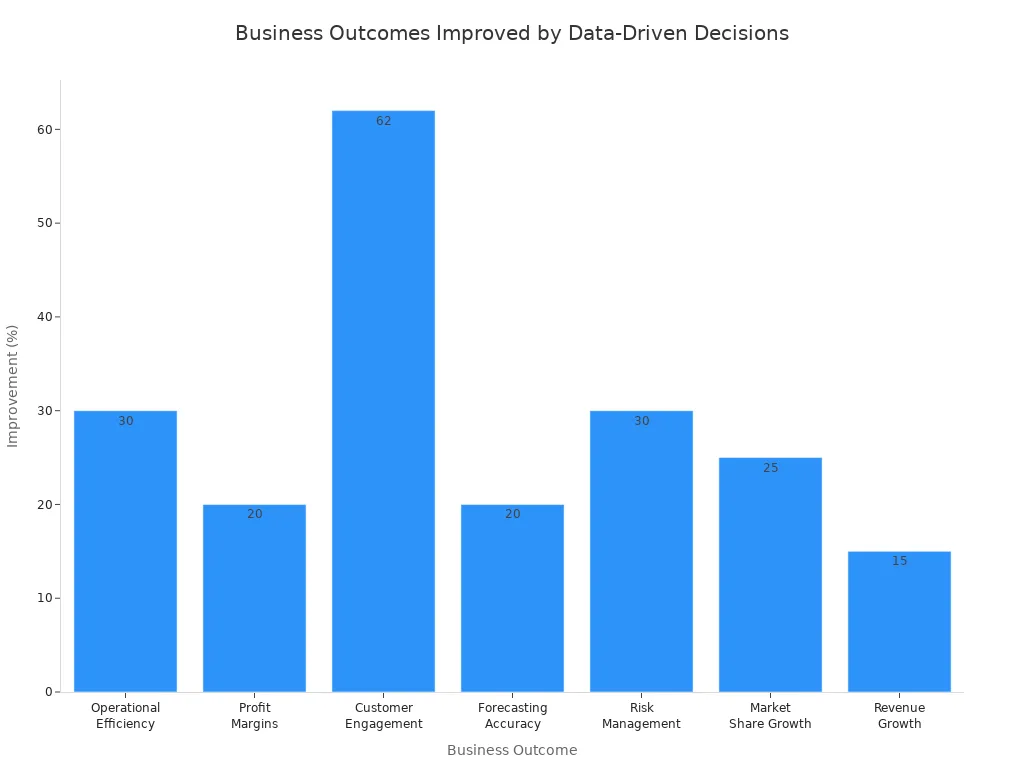
Data tracking helps organizations allocate resources, anticipate needs, and improve customer experience. By focusing on the entire journey, businesses gain a competitive edge and achieve measurable growth.
Data tracking supports personalization by segmenting the target audience based on behaviors, preferences, and interactions. Companies collect data such as purchase history, device type, and location to tailor content and offers. This approach creates a unique customer journey for each individual, increasing engagement and satisfaction.
Businesses also use tracking to improve operational efficiency. By analyzing consumer behaviors, teams identify which marketing channels work best and optimize campaigns. Server-side tracking and first-party data collection provide real-time insights while protecting privacy. Integration with CRM and POS systems allows companies to track offline conversions and refine strategies quickly.
Industry surveys show that data-driven marketing delivers 5 to 8 times more ROI than traditional methods. About 66% of consumers expect companies to understand their needs, and 52% want offers tailored to their preferences. Personalization not only boosts conversion rates but also increases loyalty and reduces churn.
| Benefit Category | Measurable Impact / Statistic |
|---|---|
| Marketing ROI | 25% average increase; 10–30% improved spend efficiency |
| Sales & Revenue Uplift | 20% average sales increase; 40% more revenue from personalization; 35% of Amazon’s revenue from recommendations |
| Customer Engagement | 2× higher engagement; personalized emails yield 6× more transactions |
| Conversion & Retention | 1.7× higher conversion; 28% less churn; Netflix saves $1B yearly |
| Satisfaction & Loyalty | Satisfaction up 30%; 78% more likely to repurchase; higher loyalty engagement |
| Cost Efficiency | Up to 50% lower acquisition costs; 37% less marketing cost through automation |
Data tracking enables businesses to recognize trends, understand consumer behaviors, and deliver experiences that match customer expectations. This journey from data collection to actionable insights drives both personalization and efficiency, helping organizations improve customer experience and achieve lasting growth.
Organizations face many choices when selecting data tracking solutions. Each option offers unique features, but not all meet every business need. Some companies build custom systems, while others choose ready-made platforms from experienced providers. Building in-house often leads to delays and higher costs. Buying from a trusted provider speeds up deployment and brings ongoing support.

A good solution should deliver value, scale with growth, and integrate with existing systems. The table below shows important criteria for choosing the right platform:
| Criteria | Explanation |
|---|---|
| Value Delivery | Provides strong asset tracking and insights |
| Deployment Speed | Quick setup to avoid falling behind |
| Scalability & Flexibility | Grows with business needs and adapts to changes |
| Integration | Connects smoothly with other systems |
| Equipment Compatibility | Tracks many types of assets and data |
| Financial Sense | Offers a good balance of cost and benefit |
| Partnership & Support | Reliable help and updates from the provider |
Organizations should also look for solutions that are simple to use, support strong governance, and offer a rich set of features. Reliable performance and security are key for long-term success. Many businesses find that scalable and flexible data tracking solutions help them avoid data silos and improve accuracy. Integration with cloud and on-premise systems ensures a smooth flow of information.
FineDataLink stands out among data tracking solutions for its advanced integration and real-time synchronization features. The platform connects to many different data sources, breaking down silos and making information easy to access. FineDataLink supports both ETL and ELT processes, which helps teams develop and manage data efficiently.
The platform offers several unique advantages:
FineDataLink also works closely with other FanRuan products. Teams can process and analyze business-wide tables quickly, reducing redundancy and speeding up reporting. The low-code interface makes it easy for users to combine data from many sources, even without deep technical skills.
Explore how FineDataLink can elevate your business with reliable, actionable insights.
FanRuan
https://www.fanruan.com/en/blogFanRuan provides powerful BI solutions across industries with FineReport for flexible reporting, FineBI for self-service analysis, and FineDataLink for data integration. Our all-in-one platform empowers organizations to transform raw data into actionable insights that drive business growth.
Data tracking helps organizations understand customer behavior. Teams can use this information to improve products, personalize marketing, and make better decisions. Companies often see higher efficiency and faster growth.
FineDataLink uses a low-code interface and supports over 100 data sources. Teams can connect, synchronize, and manage data quickly. The platform also offers real-time updates and easy automation.
Responsible data tracking follows strict privacy rules. Organizations use encryption, access controls, and clear consent policies. These steps protect customer information and build trust.
Yes. FanRuan designs its products for companies of all sizes. Small businesses can use FineDataLink to manage data, improve reporting, and support growth.
FineDataLink works with structured and unstructured data. It supports databases, cloud storage, APIs, and more. Teams can track sales, customer interactions, and operational data in one place.

